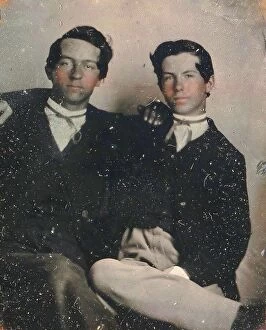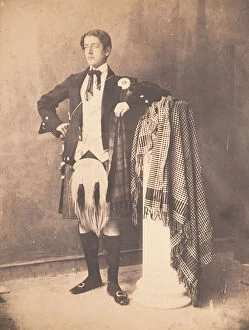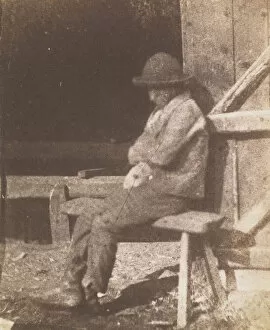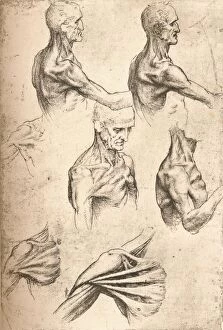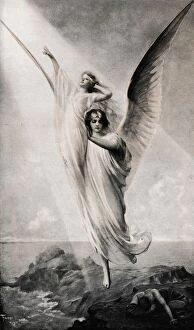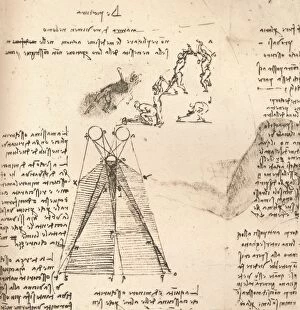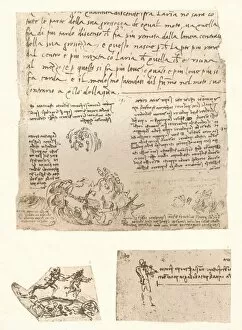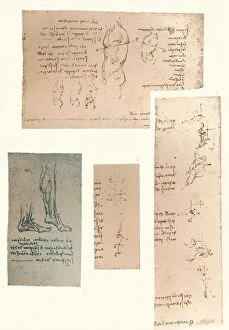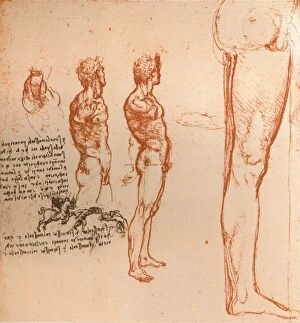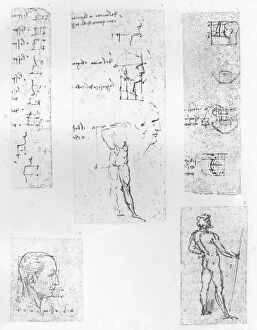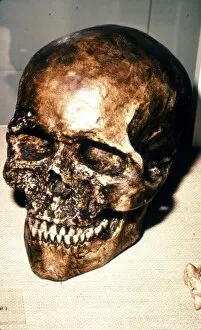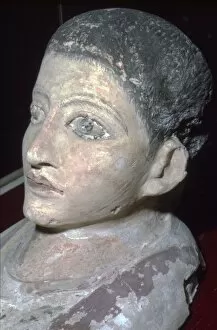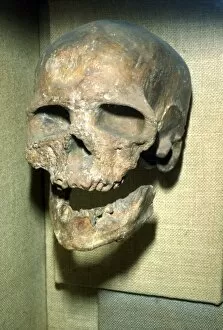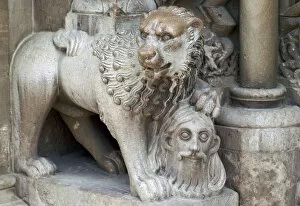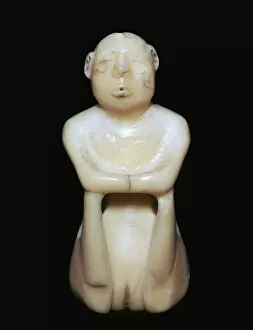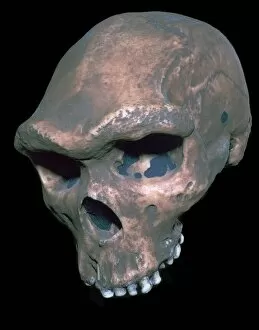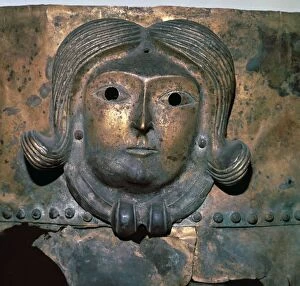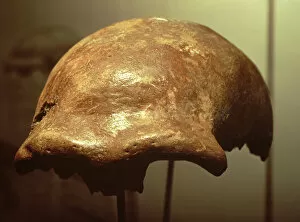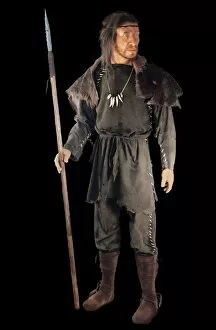Homo Sapien Collection (#3)
"Homo sapien: A Journey Through Art and Time" Step into the world of Homo sapiens, as depicted through various artistic masterpieces spanning centuries
For sale as Licensed Images
Choose your image, Select your licence and Download the media
"Homo sapien: A Journey Through Art and Time" Step into the world of Homo sapiens, as depicted through various artistic masterpieces spanning centuries. From anatomical drawings by Leonardo da Vinci to woodcarvings by Eugene Croe, these captivating artworks offer glimpses into the complex nature of humanity. In an anatomical drawing dating back to c1472-c1519, da Vinci's meticulous attention to detail showcases his fascination with the human form. His work serves as a testament to our intricate anatomy and highlights the brilliance of Homo sapiens. Moving forward in time, we encounter "Two Young Men in Straw Hats, One Seated in the Other's Lap" from the 1870s-80s. Created by an unknown artist, this painting captures a tender moment between two individuals. It reminds us that love and companionship are universal aspects of being human. Giacomo Palma's "Regole per Imparar a Disegnar i corpi humani" takes us on a journey through 17th-century Italy. This book provides valuable insights into how artists learned to depict the complexities of human bodies during that era. Traveling across continents, Ishikawa Toyonobu's "Young Man (Wakashu) with a Miniature Flower Cart" transports us to Japan in the 18th century. The delicate portrayal reflects both cultural aesthetics and societal norms surrounding gender roles at that time. Venturing further into history, we encounter intriguing rebuses featuring birds with human heads from around 1834. These enigmatic images challenge our perception of reality and invite contemplation about our place within it. Eugene Croe's woodcarving from c. 1937 adds another layer to our understanding of Homo sapiens' creativity throughout different periods. The intricately carved piece showcases craftsmanship while reminding us of humanity's ability for self-expression through artistry.

